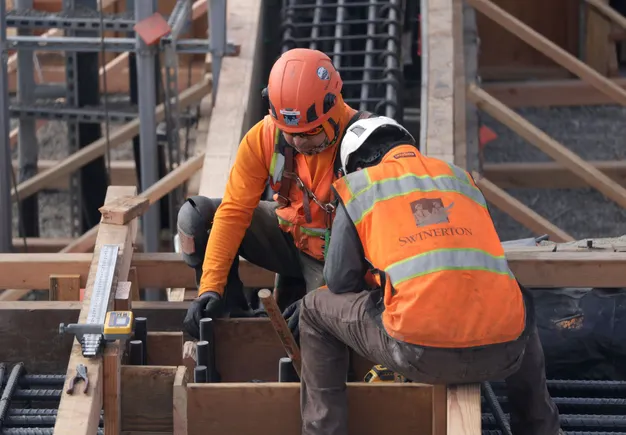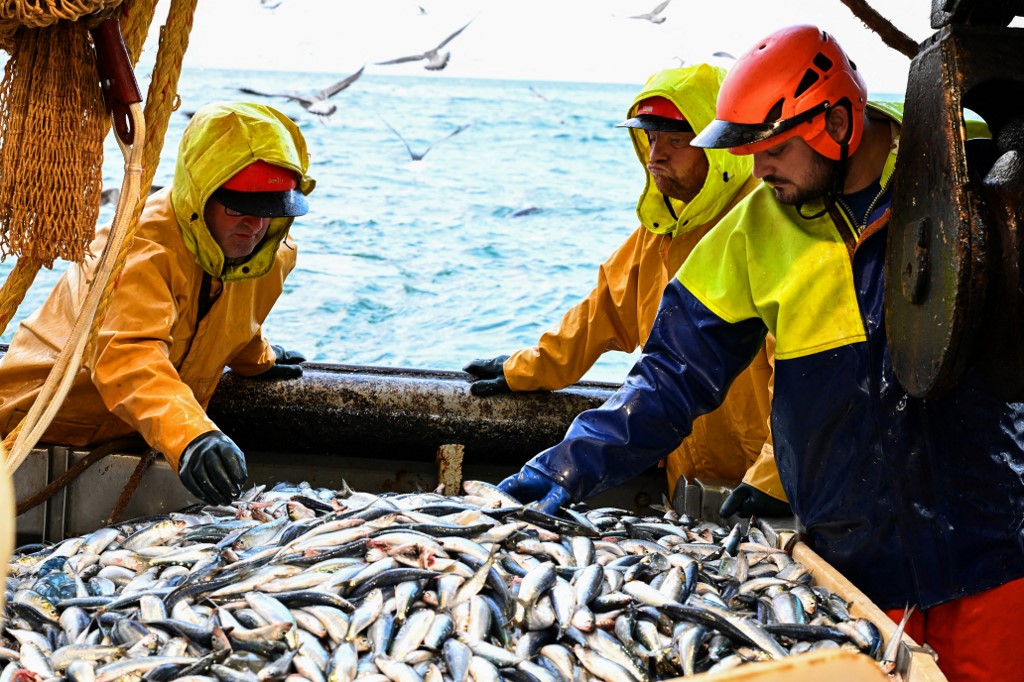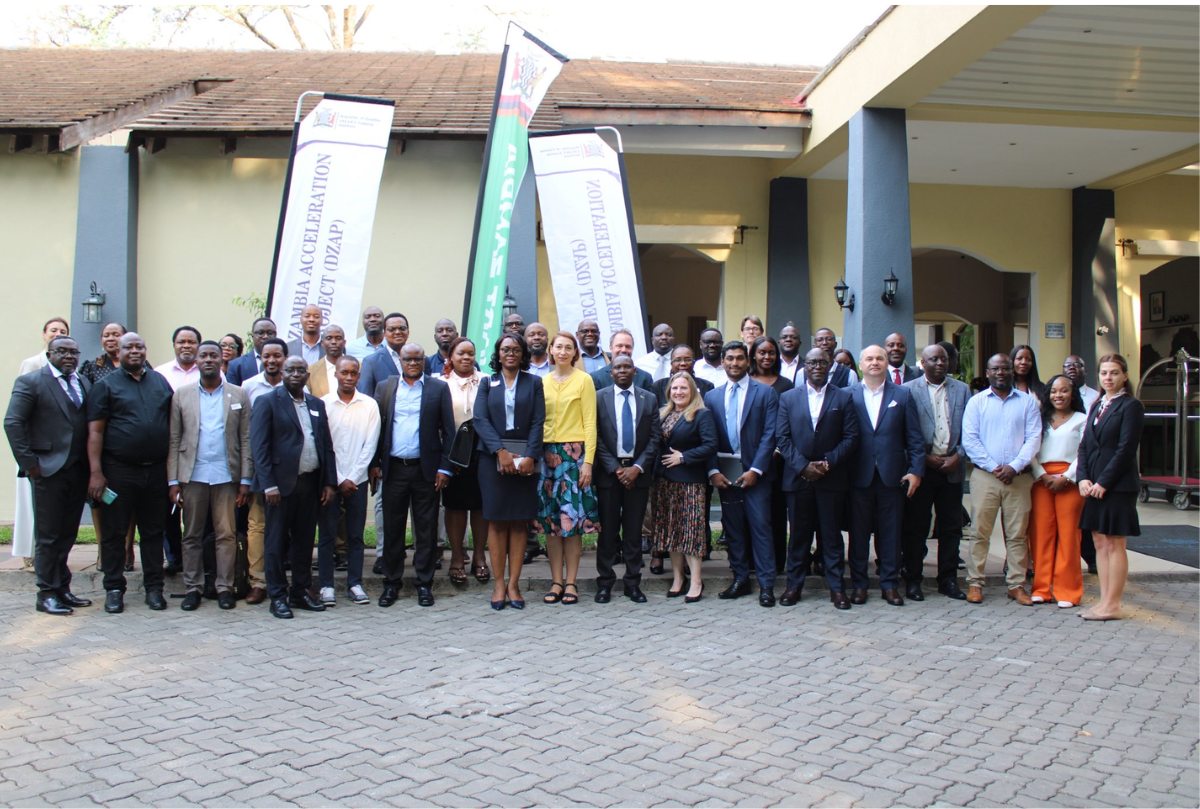Michigan State Police investigating potential cyber breach at Detroit water plant – CBS News

Report on Potential Cybersecurity Incident at Great Lakes Water Authority Facility and Implications for Sustainable Development Goals
Executive Summary
An investigation is underway into a potential cybersecurity breach at a Great Lakes Water Authority (GLWA) water treatment facility in Detroit. While the incident was confined to a non-operational monitoring system and did not compromise water quality, it highlights significant vulnerabilities in critical infrastructure. This report analyzes the incident through the lens of the United Nations Sustainable Development Goals (SDGs), particularly focusing on clean water, resilient infrastructure, sustainable communities, and institutional strength.
Incident Details
The Michigan State Police and the Great Lakes Water Authority are collaborating on an investigation following a notification of a potential security breach. Key details of the incident are as follows:
- Location: The Northeast Water Treatment Plant on Eight Mile Road, Detroit.
- System Affected: A standalone monitoring and reporting system.
- Operational Impact: The targeted system is not connected to any water treatment processes or operational controls.
- Date of Notification: Sunday evening.
- Immediate Response: GLWA implemented additional security protocols for network traffic at the facility as a precautionary measure.
Alignment with Sustainable Development Goal 6: Clean Water and Sanitation
The incident directly relates to the objectives of SDG 6, which aims to ensure the availability and sustainable management of water and sanitation for all. Although the breach did not affect water safety, it underscores the critical importance of securing water infrastructure against threats that could disrupt the supply of safe drinking water to millions of residents in Wayne, Macomb, and Oakland counties.
- Ensuring Water Safety: GLWA’s immediate confirmation that “at no time was water quality at the plant compromised” demonstrates a commitment to the primary target of SDG 6—providing safe and affordable drinking water.
- Protecting Water Resources: The protection of facilities like the Northeast Water Treatment Plant, which has a capacity of 300 million gallons per day, is fundamental to the sustainable management of water resources for a large metropolitan region.
Implications for SDG 9 and SDG 11: Resilient Infrastructure and Sustainable Communities
This event serves as a critical case study for SDG 9 (Industry, Innovation, and Infrastructure) and SDG 11 (Sustainable Cities and Communities). Both goals call for the development of reliable, sustainable, and resilient infrastructure as a foundation for societal well-being and economic development.
- Infrastructure Resilience (SDG 9): The attempted breach highlights the modern challenges facing critical infrastructure. Building resilience requires not only physical robustness but also advanced cybersecurity to protect against digital threats. The ongoing investigation and security upgrades are essential steps toward enhancing infrastructure resilience.
- Sustainable Urban Services (SDG 11): Access to safe and reliable water is a basic service essential for a sustainable city. A disruption to the water supply would have severe consequences for public health and the functioning of communities across southeast Michigan. Protecting these systems is paramount to achieving the targets of SDG 11.
Institutional Response and Connection to SDG 16 and SDG 17
The coordinated response to the potential threat demonstrates the importance of strong institutions and partnerships, which are central to SDG 16 (Peace, Justice, and Strong Institutions) and SDG 17 (Partnerships for the Goals).
- Effective Institutions (SDG 16): The swift action and investigation involving the Michigan State Police, federal law enforcement cyber units, and GLWA exemplify the role of effective and accountable institutions in maintaining public safety and order by addressing complex threats like cybercrime.
- Multi-Stakeholder Partnerships (SDG 17): The collaboration between a regional utility provider (GLWA) and state and federal law enforcement agencies is a model of the multi-stakeholder partnerships required to tackle challenges that transcend single organizations. This partnership is vital for protecting shared public assets and achieving sustainable development outcomes.
1. Relevant Sustainable Development Goals (SDGs)
-
SDG 6: Clean Water and Sanitation
The article is centered on a water treatment facility, the Northeast Water Treatment Plant, managed by the Great Lakes Water Authority (GLWA). This directly relates to the goal of ensuring the availability and sustainable management of water and sanitation for all.
-
SDG 9: Industry, Innovation and Infrastructure
The water treatment plant is a piece of critical infrastructure. The article discusses a “potential breach” of its systems and the response to enhance security, which pertains to building resilient infrastructure.
-
SDG 11: Sustainable Cities and Communities
The GLWA provides essential water services to communities in southeast Michigan, including Detroit. The incident represents a potential threat to the safety and resilience of these urban communities, and the successful management of the threat contributes to this goal.
-
SDG 16: Peace, Justice and Strong Institutions
The response to the cyber threat involves collaboration between multiple institutions, including the GLWA, Michigan State Police, and federal law enforcement. This highlights the importance of effective and accountable institutions working together to combat crime and ensure public safety.
2. Specific SDG Targets
-
Target 6.1: Achieve universal and equitable access to safe and affordable drinking water for all.
The article reinforces this target by stating that despite the security incident, “At no time was water quality at the plant compromised.” This shows the resilience of the system in maintaining the delivery of safe water, a core component of GLWA’s mission to serve communities in southeast Michigan.
-
Target 9.1: Develop quality, reliable, sustainable and resilient infrastructure.
The incident highlights the vulnerability of critical infrastructure to cyber threats. GLWA’s response, to “put additional security protocols in place for network traffic,” is a direct action to improve the resilience of its infrastructure against such threats.
-
Target 11.5: Significantly reduce the number of people affected… caused by disasters, including water-related disasters.
A successful cyberattack on a water treatment facility could lead to a man-made, water-related disaster. By detecting the potential breach and ensuring water quality was maintained, the authorities effectively mitigated a potential disaster, protecting the population served by the plant.
-
Target 16.a: Strengthen relevant national institutions… to prevent… crime.
The article explicitly mentions the collaborative effort to handle the incident, stating that GLWA is “working with ‘the appropriate state and federal law enforcement cyber units’ on the case.” This demonstrates the strengthening of institutional capacity through inter-agency cooperation to combat cybercrime.
3. Implied Indicators for Measuring Progress
-
Indicator for Target 6.1: Continuity of safely managed drinking water services.
The article implies this indicator through the statement, “At no time was water quality at the plant compromised.” This serves as a qualitative measure confirming that the service remained safe and uninterrupted despite the external threat.
-
Indicator for Target 9.1: Implementation of security and resilience-building measures in critical infrastructure.
The action taken by GLWA to “put additional security protocols in place” is a direct, observable indicator of progress towards making infrastructure more resilient.
-
Indicator for Target 16.a: Existence of formal cooperation agreements or joint operations to combat crime.
The ongoing investigation involving GLWA, Michigan State Police, and “federal law enforcement cyber units” serves as an indicator of active institutional cooperation to address a specific crime (cyberattack).
4. Summary of SDGs, Targets, and Indicators
| SDGs | Targets | Indicators |
|---|---|---|
| SDG 6: Clean Water and Sanitation | Target 6.1: Achieve universal and equitable access to safe and affordable drinking water for all. | Continuity of safely managed drinking water services, as evidenced by the statement that “water quality… was not compromised.” |
| SDG 9: Industry, Innovation and Infrastructure | Target 9.1: Develop quality, reliable, sustainable and resilient infrastructure. | Implementation of security and resilience-building measures, such as putting “additional security protocols in place.” |
| SDG 11: Sustainable Cities and Communities | Target 11.5: Significantly reduce the number of people affected… caused by disasters, including water-related disasters. | Successful mitigation of a potential disaster, demonstrated by preventing water contamination from the cyber threat. |
| SDG 16: Peace, Justice and Strong Institutions | Target 16.a: Strengthen relevant national institutions… to prevent… crime. | Existence of joint operations to combat crime, shown by the investigation involving GLWA, state, and federal cyber units. |
Source: cbsnews.com

What is Your Reaction?
 Like
0
Like
0
 Dislike
0
Dislike
0
 Love
0
Love
0
 Funny
0
Funny
0
 Angry
0
Angry
0
 Sad
0
Sad
0
 Wow
0
Wow
0
























;Resize=805#)























































